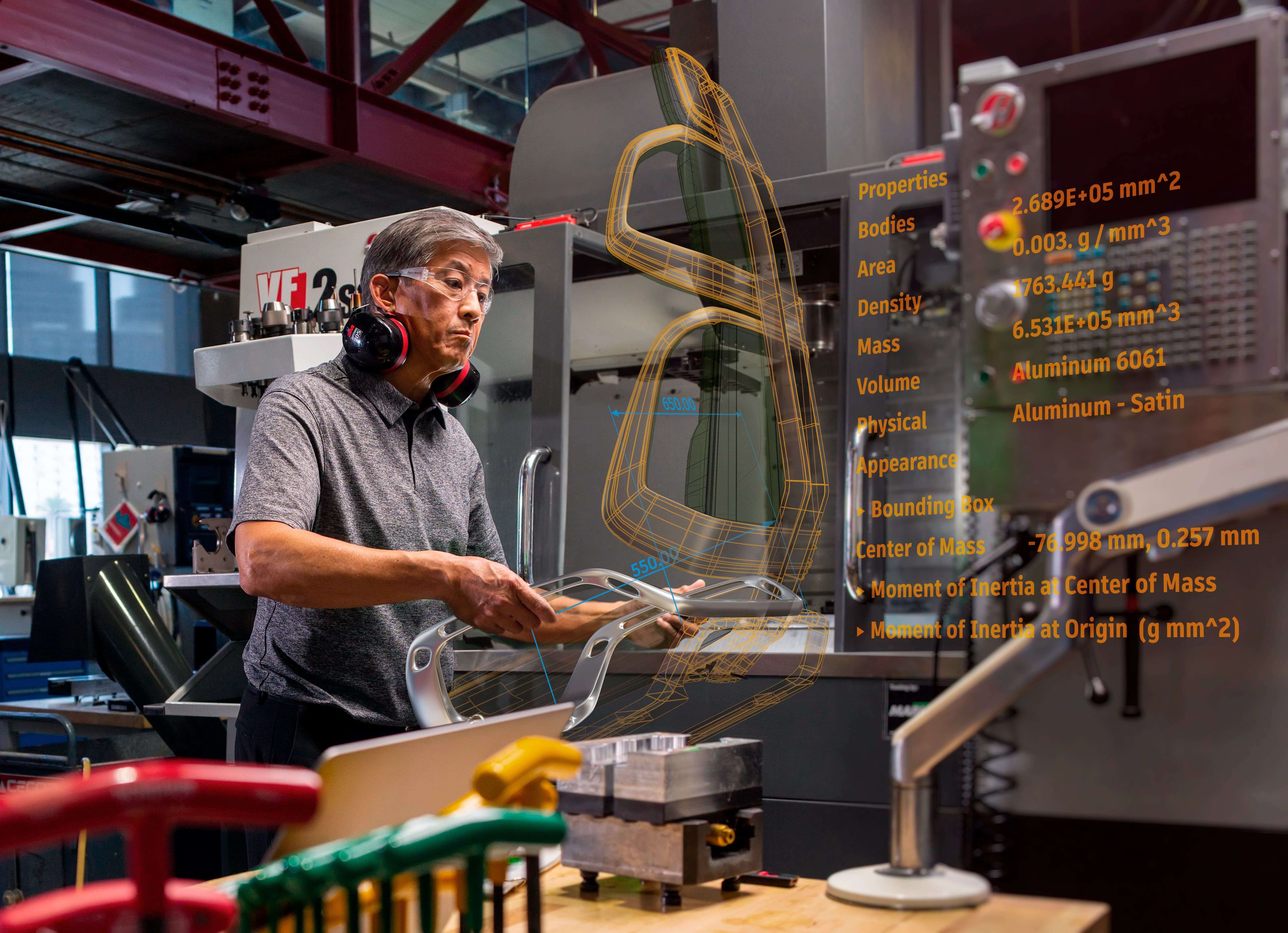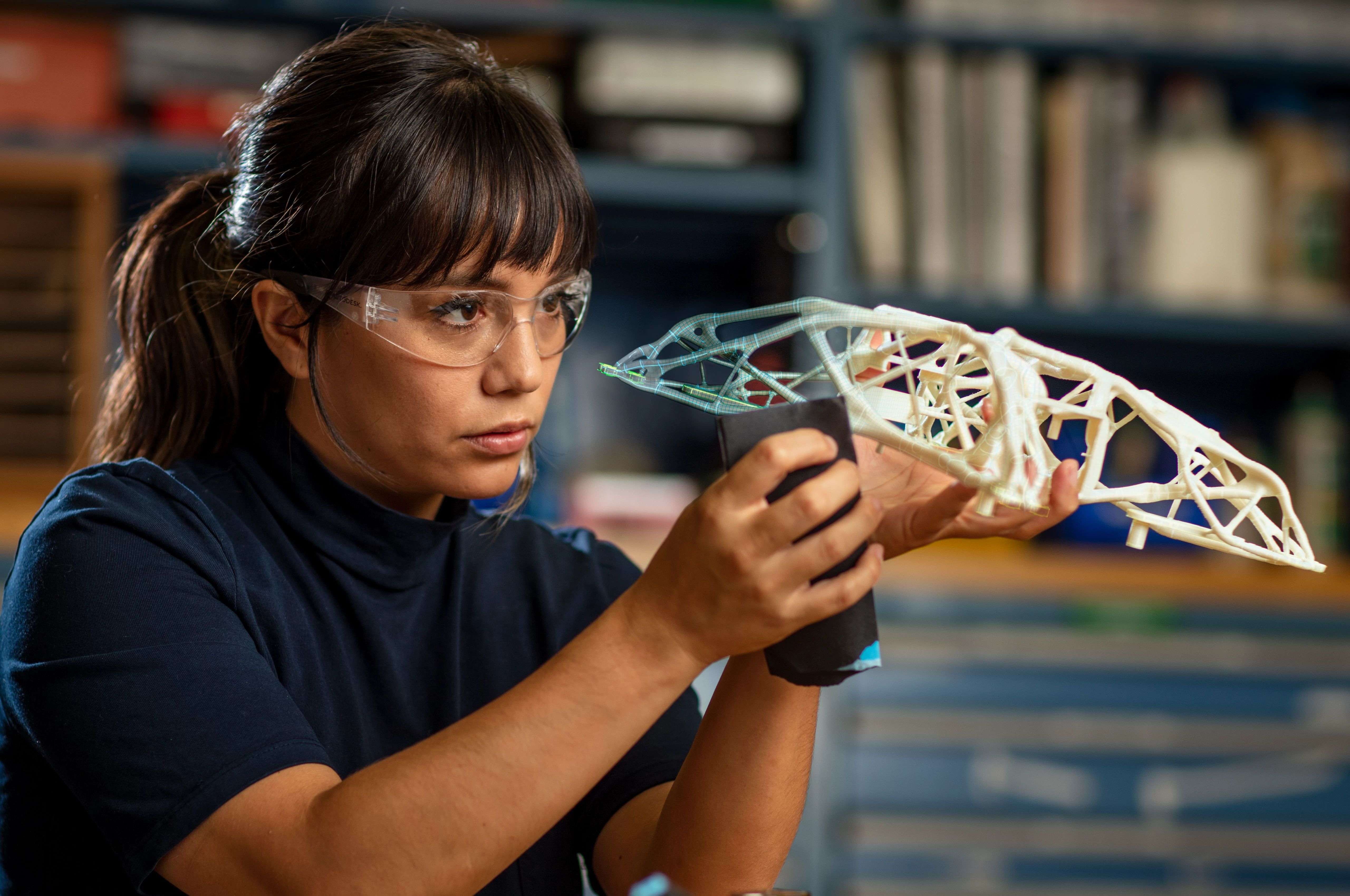
By Parminder Singh
Manufacturing companies while contributing to economic development and better living standards damage the environment and ecology by unsustainable production and consumption methods. With arresting climate change, a global priority, every country faces the challenge of curtailing carbon dioxide emissions, while ensuring sustainable economic progress.
The manufacturing companies while contributing to economic development and better living standards damage the environment and ecology by unsustainable production and consumption methods. India is the world’s third largest emitter of greenhouse gases after China and the US. However, as a rapidly developing nation, it is on the path to building a resilient and low-carbon economy, by pushing the agenda for a green revolution through electric vehicles (EVs).
India is the world’s third largest emitter of greenhouse gases after China and the US~
Automotive manufacturers are already being supported by the government, consumers and the wider industry to drive this change. Electric vehicles recorded a growth rate of 44% from FY17 to FY20, with nearly one million units sold in FY20. The government’s National Electric Mobility Mission Plan, and the Faster Adoption and Manufacturing of (Hybrid &) Electric Vehicles in India (FAME) scheme also promote the use of EVs by subsidising their production and the building of charging infrastructure.
Benefits of circularity in manufacturingIt is estimated that by 2050 the growth in population and demand for consumer goods will require at least twice the energy and materials being used now. With its closed-loop system, a circular economy can help reduce emissions and dependence on natural resources while increasing profitability.
A circular economy is described as a model of production and consumption, which involves sharing, leasing, reusing, repairing, refurbishing and recycling of the existing materials and products as long as possible.
Research has found that circular economy approaches in the automotive sector can reduce the lifecycle carbon emissions per passenger km by up to 75% by 2030. This is especially crucial in the automotive sector where dwindling raw material sources and growing global demand has led to price increases and extra costs.
Circularity in India’s manufacturing systems will also be immensely beneficial to the economy – creating USD 624 billion annual value by 2050, an amount equivalent to 30% of the country’s current GDP.
The recently-announced national vehicle scrappage policy is essentially the first step towards introducing circularity in India’s automotive sector. The policy stipulates that commercial vehicles of more than 15 years and passenger vehicles of more than 20 years will have to be scrapped if they don’t pass fitness and emission tests. This creates space for replacing old and worn-out vehicles with those that are easy to design, manufacture and support the environment.
Circularity in India’s manufacturing systems will also be immensely beneficial to the economy – creating USD 624 billion annual value by 2050~
The role design plays
With the new scrappage policy in place, the automotive industry needs to gear up to meet the growing demand for new energy-efficient and sustainable vehicles in the market. While the policy is driving the setting up of scrap yards, this is still an end of the chain approach.
In manufacturing, circularity begins with design. Concepts like disassembly or recyclability need to be integrated at the beginning of the product development cycle for the much-needed closed loop approach. Digital technologies such as AI and machine learning can enable organisations to move away from linear production methods, to a model that allows goods to be designed for extended use from the outset.
There are several design strategies that help, from making a design modular with easy disassembly, to being more repairable and more durable. Intelligent problem-solving techniques such as generative design help with everything from reducing weight, to creating standardized components, designing for durability, and designing for easy disassembly at the end of use.
Take the example of Bengaluru-based startup Greendzine, which is using design modularity to bring low-speed EVs faster to market and help fight poor urban air quality. The company creates low-speed EVs for personal and industrial use through an accelerated product development strategy they call “concept to product in 90 days” – more quickly than anyone else in the industry.
Concepts like disassembly or recyclability need to be integrated at the beginning of the product development cycle for the much-needed closed loop approach~
Advanced software is used to design everything modularly from the same basic platform and create 3D models. Parts and builds are prototyped quickly using 3D printing and abandoned without excessive loss of time or intellectual property if they don’t work. The result is a product that is easy to assemble or disassemble, as well as expandable.
So far, the product line consists of a two-wheeler personal commuter EV, a sporty, three-wheeler EV, and an order picking vehicle tailored for commercial warehousing operations. Ultimately, Greendzine’s aim is to develop EVs that are not only affordable but also sustainable, making electric mobility the preferred choice in India.
Sustainable future
A circular approach has huge potential in the automotive industry, where the manufacturers have the power to impact the entire design and manufacturing approach and create a workflow that favours recycling and closed loop manufacturing. An integrated set of desktop and cloud-based software tools can help the automakers with design, engineering, simulation, collaboration, and computer-aided manufacturing.
Advanced light-weighting approaches through generative design will be pivotal to improving power consumption and the range of electric vehicles. Different materials and compositions will improve the structure of electric cars.
Beyond the obvious of being better for the environment, the benefits of circular design are clear. It helps reduce costs in both design and production, meaning fewer materials are needed. Companies can benefit from a simplified supply chain with fewer spare parts in inventory. By investing more in design, the industry can capture economic value while reducing its environmental impact.
Note: Parminder Singh is head of design and manufacturing—India and SAARC, Autodesk.
(DISCLAIMER: The views expressed are solely of the author and ETAuto.com does not necessarily subscribe to it. ETAuto.com shall not be responsible for any damage caused to any person/organisation directly or indirectly.)

















